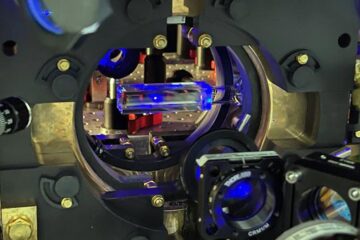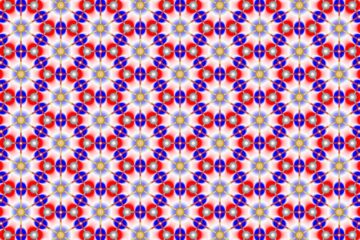Latest News

Colliding auroras produce an explosion of light
“Our jaws dropped when we saw the movies for the first time,” said space scientist Larry Lyons of the University of California-Los Angeles (UCLA), a member of…

Caltech researchers revise long-held theory of fruit-fly development
For decades, science texts have told a simple and straightforward story about a particular protein—a transcription factor—that helps the embryo of the fruit…

WHOI-operated ROV Jason images the discovery of the deepest explosive eruption on the sea floor
Jason, designed and operated by the Woods Hole Oceanographic Institution for the National Deep Submergence Facility, utilized a prototype, high-definition…

Avatar's Moon Pandora Could Be Real
With NASA's Kepler mission showing the potential to detect Earth-sized objects, habitable moons may soon become science fact. If we find them nearby, a new…

KfW's funding strategy passes 2009 stress test successfully
To fulfil its promotional mandate, KfW Bankengruppe raised nearly EUR 74 billion in the international capital markets in 2009, just as it had announced. The…

New Web Tool May Help Predict Risk of Second Stroke
“This is an important new tool because studies show that people who have a second stroke soon after a first stroke are more likely to die or have severe…











